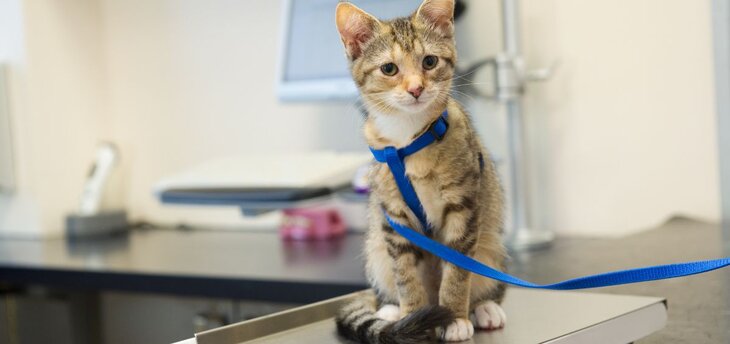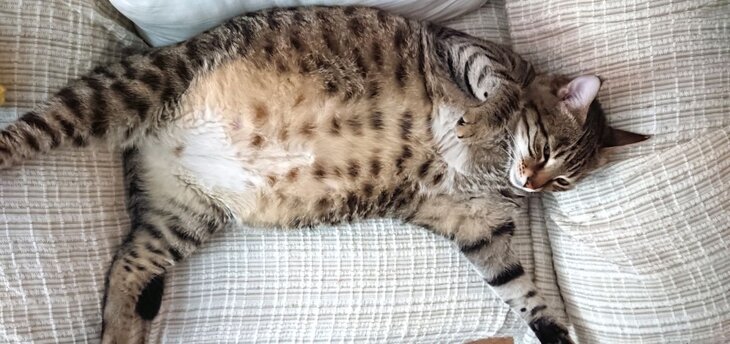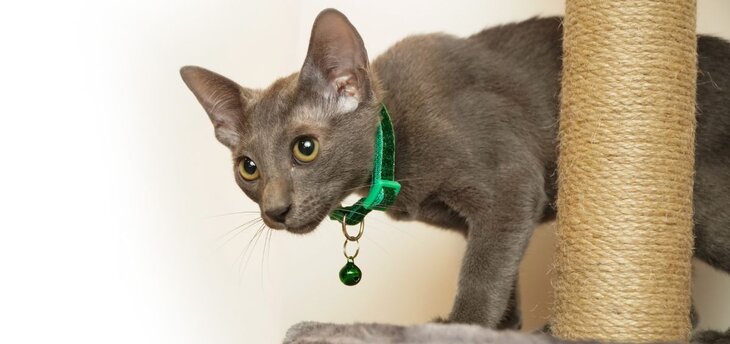How to Maintain the Ideal Cat Weight
Once your cat has reached an ideal weight, you’ll need to make sure to maintain that weight. Here’s some advice that will help:
- Don’t overfeed your cat. Choose a healthy-weight cat food and set a regular feeding schedule.
- Limit the number of treats they eat and avoid offering food that's bad for cats due to its high sugar or fat content
- Consult your vet to determine whether your cat now needs a vitamin, mineral, or high-calorie supplement.
Regular weight checks at the vet's office are the best way to ensure that your cat’s ideal weight is maintained. Annual pet checks will give your vet the chance to measure weight loss or gain that you might not notice at home.



